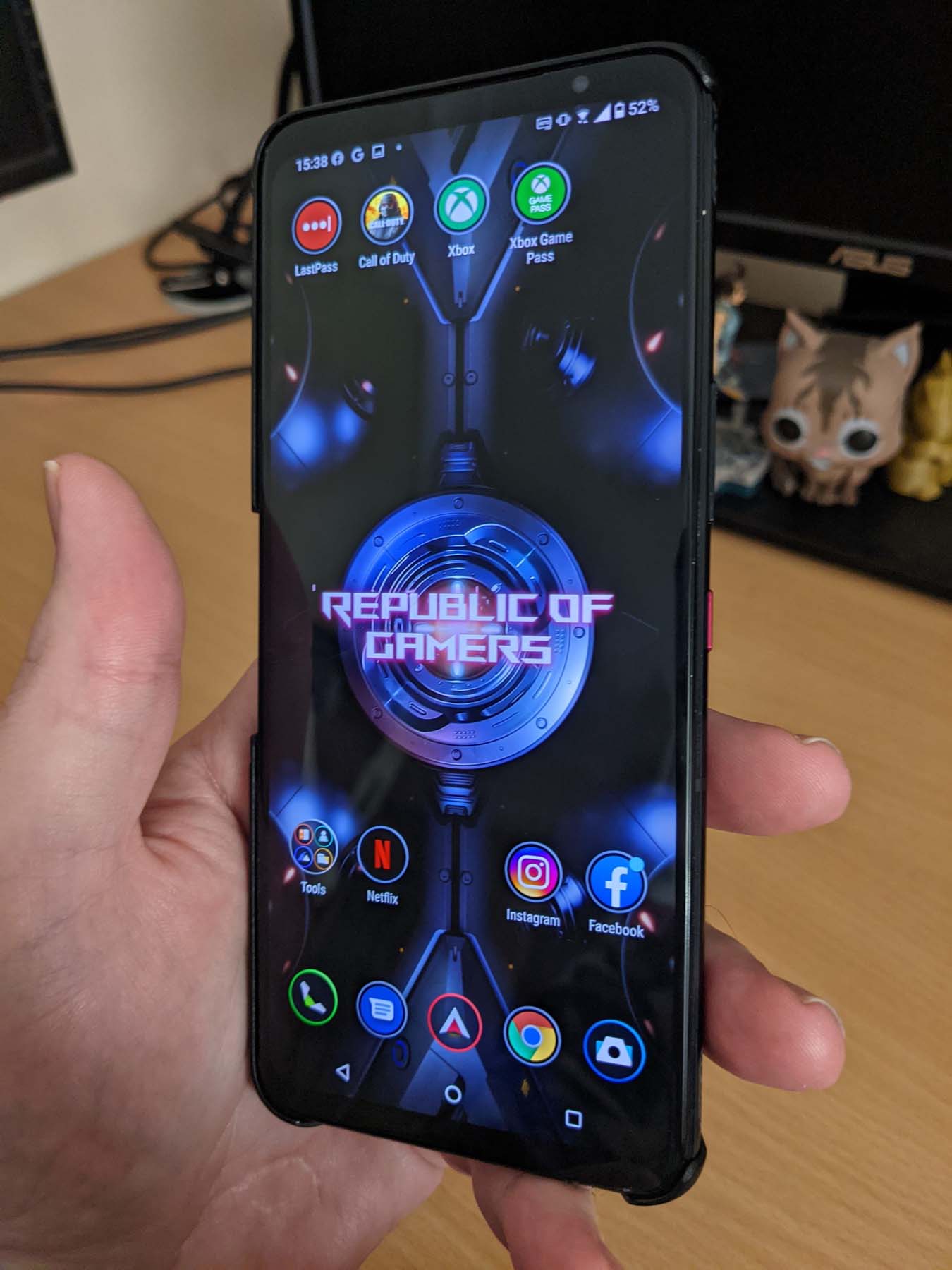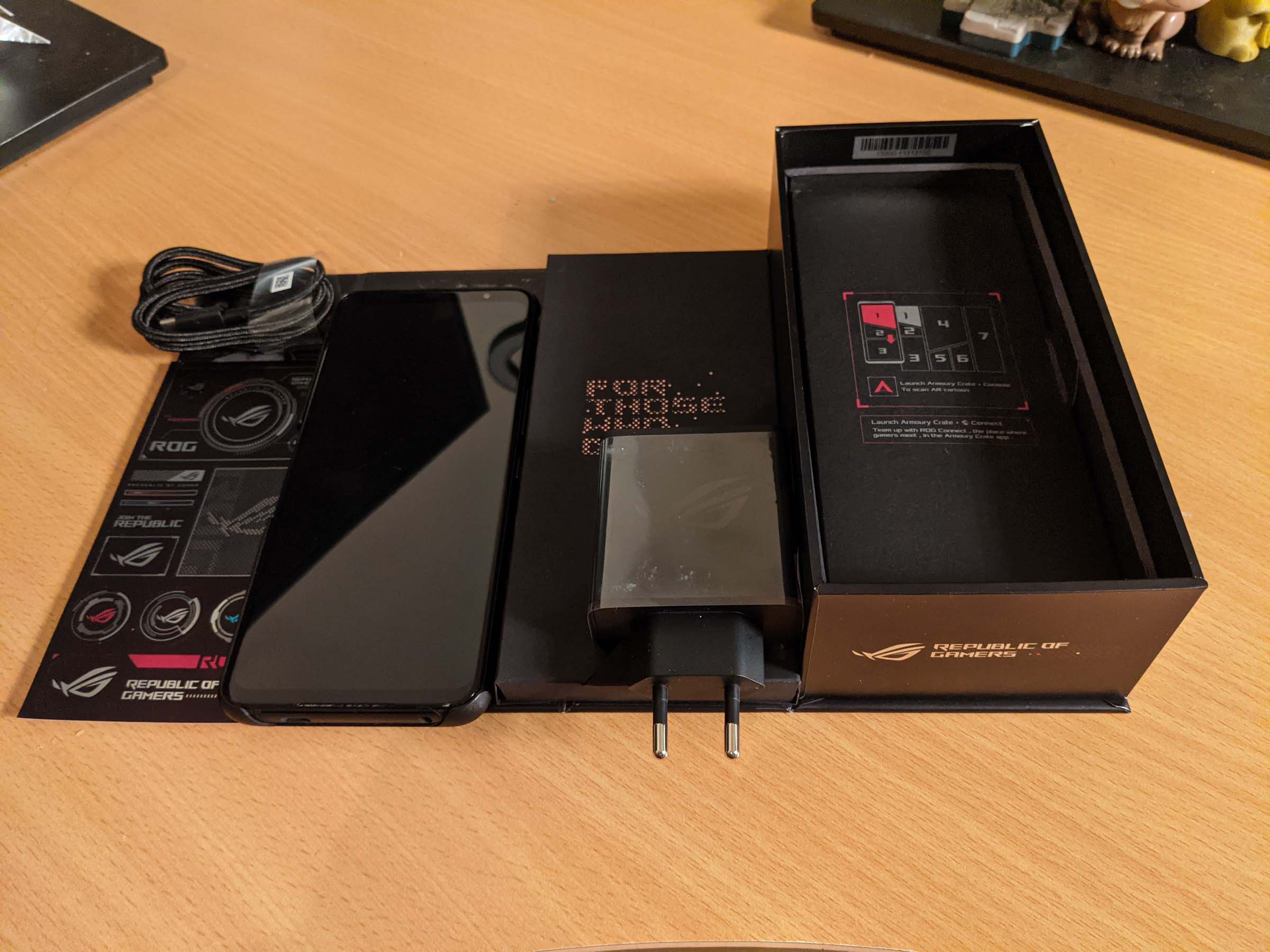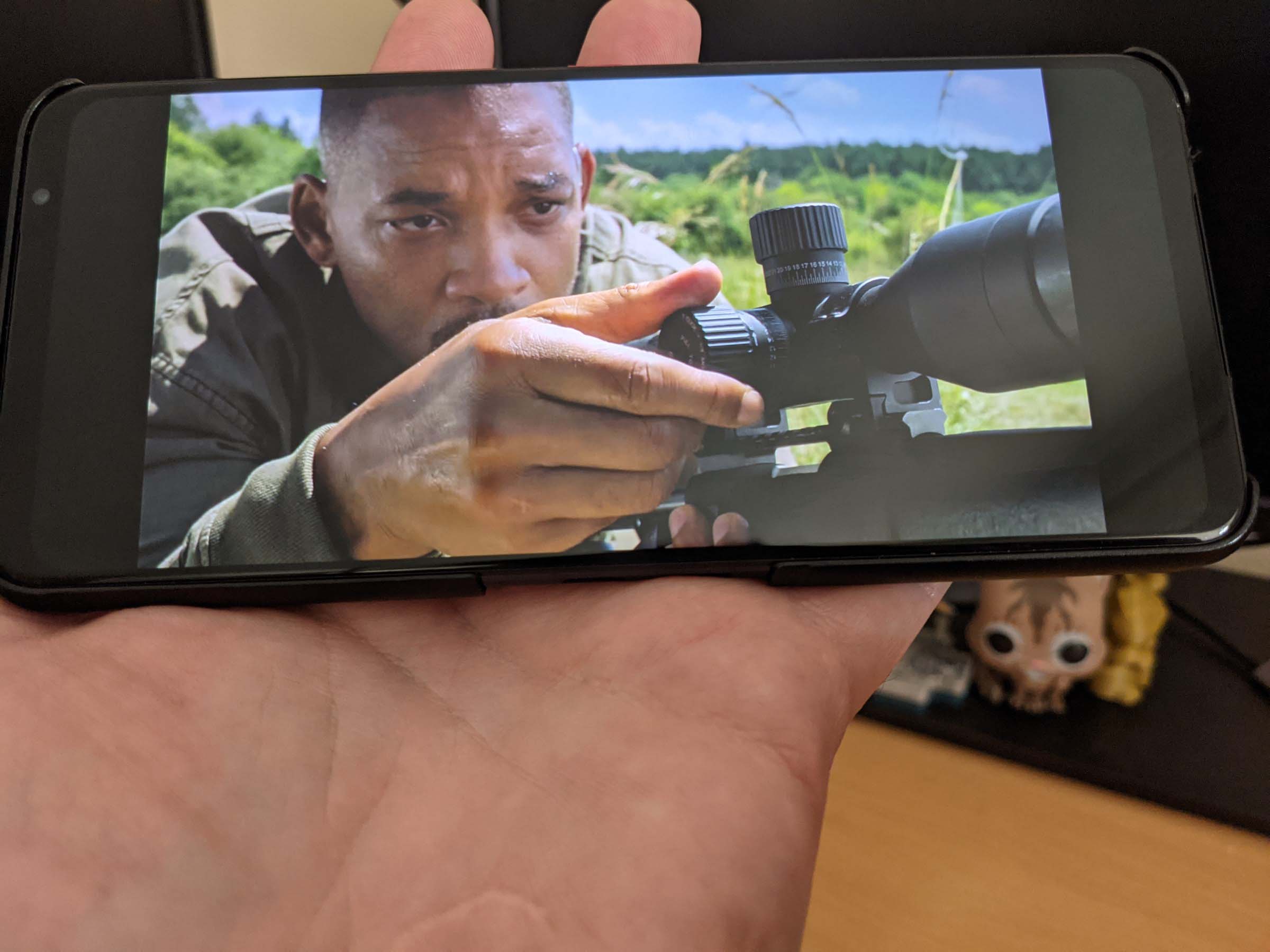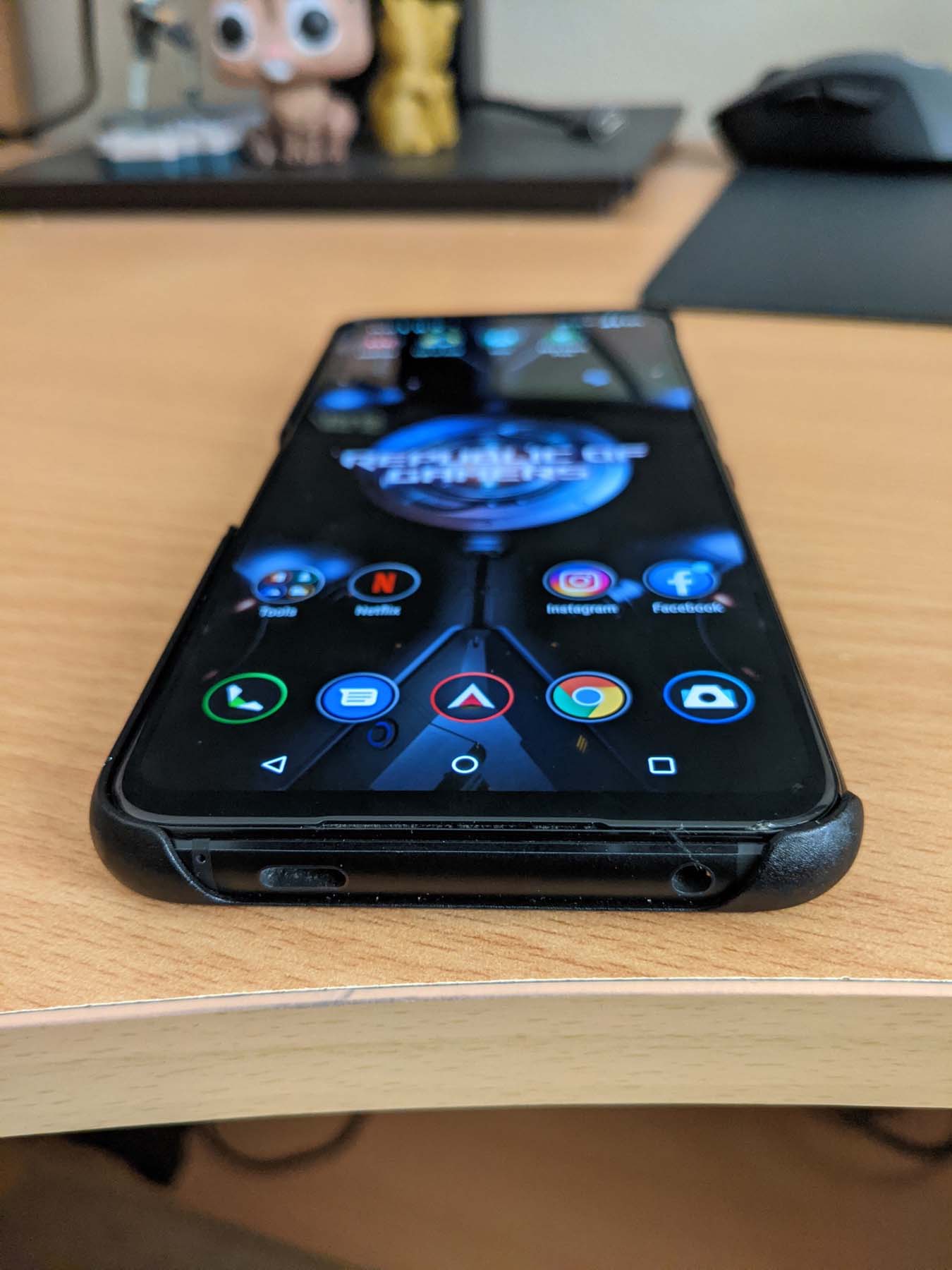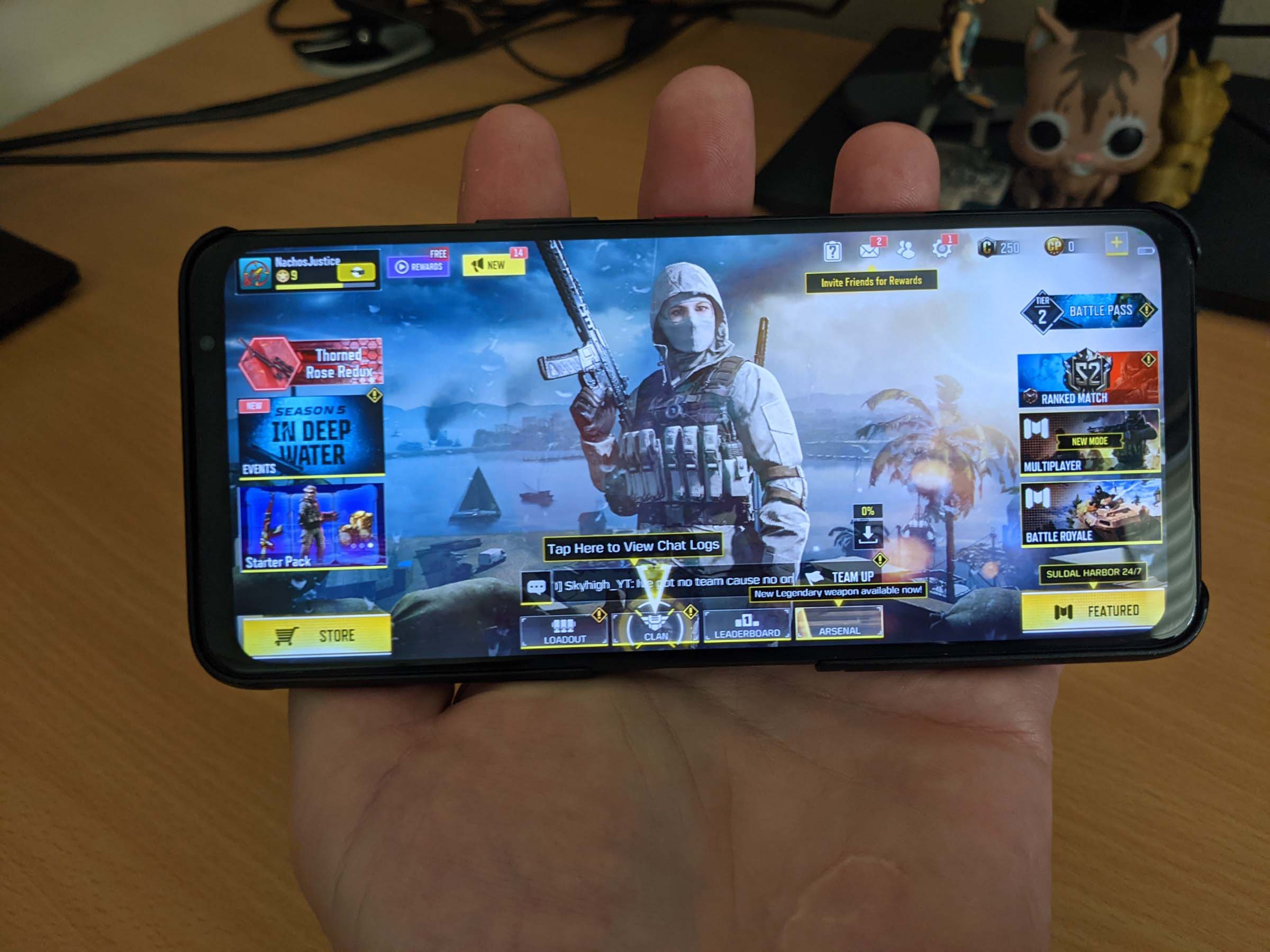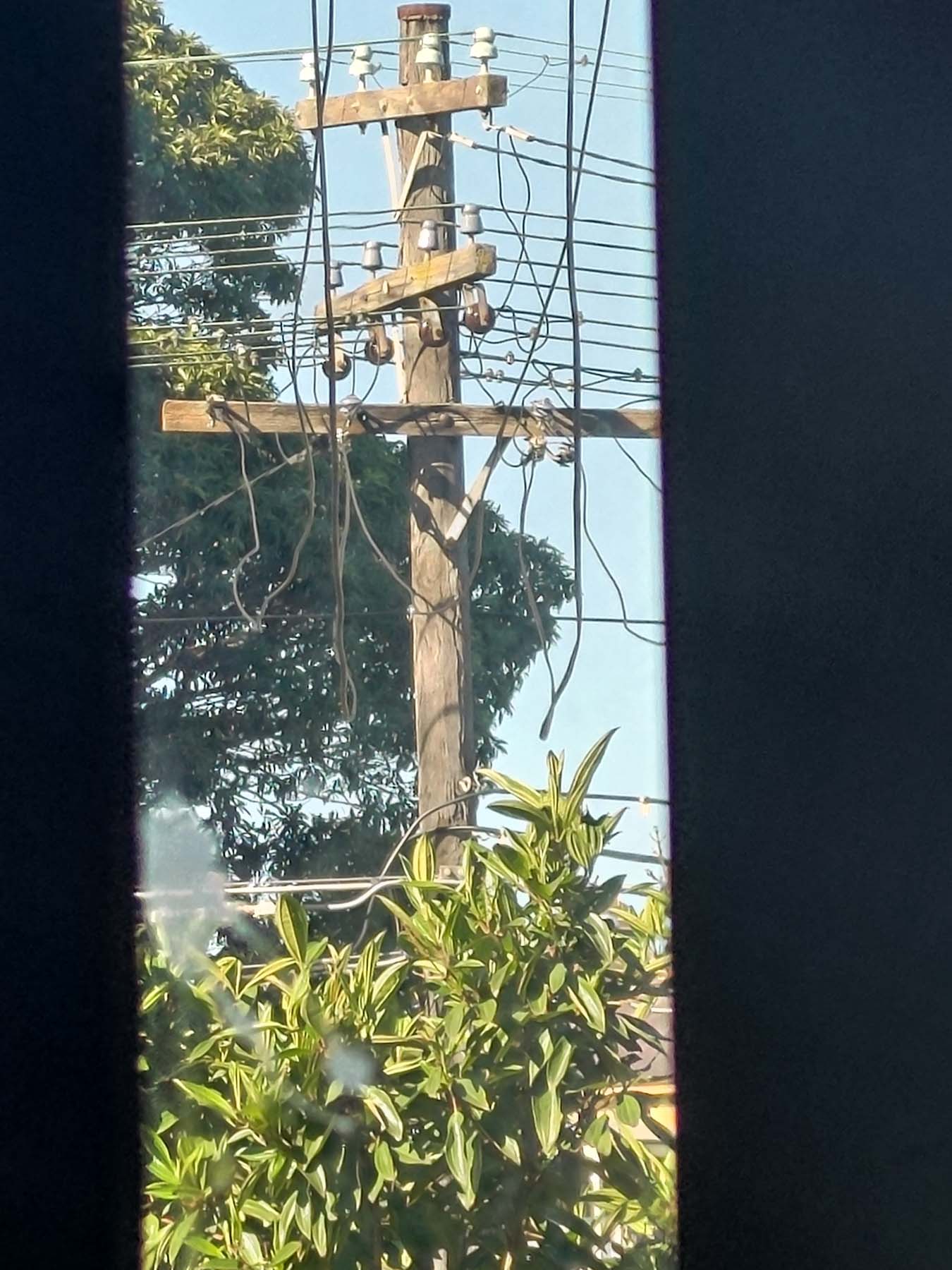Optus Mobile Review ALDI Mobile Review Amaysim Mobile Review Belong Mobile Review Circles.Life Review Vodafone Mobile Review Woolworths Mobile Review Felix Mobile Review Best iPhone Plans Best Family Mobile Plans Best Budget Smartphones Best Prepaid Plans Best SIM-Only Plans Best Plans For Kids And Teens Best Cheap Mobile Plans Telstra vs Optus Mobile Optus NBN Review Belong NBN Review Vodafone NBN Review Superloop NBN Review Aussie BB NBN Review iiNet NBN Review MyRepublic NBN Review TPG NBN Review Best NBN Satellite Plans Best NBN Alternatives Best NBN Providers Best Home Wireless Plans What is a Good NBN Speed? Test NBN Speed How to speed up your internet Optus vs Telstra Broadband ExpressVPN Review CyberGhost VPN Review NordVPN Review PureVPN Review Norton Secure VPN Review IPVanish VPN Review Windscribe VPN Review Hotspot Shield VPN Review Best cheap VPN services Best VPN for streaming Best VPNs for gaming What is a VPN? VPNs for ad-blocking Apart from half the internal storage capacity of the ROG Phone 3 (256GB vs 512GB) and an almost identical camera, everything else is an upgrade. The ROG Phone 5 will handle everything you throw at it, including top-of-the-line mobile games, and it both looks and sounds good while doing it. If Asus had addressed familiar foibles of the ROG Phone 3—namely, no wireless charging, no meaningful waterproofing, an okay-but-not-amazing camera and an AWOL MicroSD port—the ROG Phone 5 would be dangerously close to high-end perfection. The ROG Phone 5 ships with Android 11 (reportedly coming to ROG Phone 3), is marginally lighter (238g vs 240g), plus it has a slightly bigger, better display. More importantly, the ROG Phone 5 has a more powerful processor, 4GB more memory and the included 65W charger runs rings around the ROG Phone 3’s 30W charger. According to Nano Review, the ROG Phone 5’s processor is a 12% overall improvement over the ROG Phone 3, with a 17% boost to gaming performance and a 16% increase in battery life. There’s a USB-C charging port on the bottom left of the phone and a 3.5mm headphone jack on the right. The right side of the phone has the expected power and volume controls but, unique to ROG Phones, the left flank has a USB-C port and connector for the attachable AeroActive Cooler, which is an optional cooling add-on for those looking to push the ROG Phone 5 to its limits while keeping it cool. Even with the huge 6.78-inch display, the ROG Phone 5 feels more robust than hefty. That said, even as someone with big hands, it does feel a smidge too wide for practical one-handed texting, but given the size of the screen, this is clearly a handset that’s meant to encourage landscape use whenever possible. The only initial configuration challenge I had was the SD card slot only appears to be compatible with the mercifully included tray-removal eject pin. Regular pins aren’t quite long enough to pop out the tray. Definitely don’t lose the included one if you intend on switching SIMs at some point. From the first time you turn on the ROG Phone 5, through to typical daily use, music streaming and gaming, the AMOLED FHD HDR10+ display is a thing of beauty. It still feels like a missed opportunity to not have a QHD+ display (or higher) to bolster this big-screen beauty, but this is one pretty customer no matter what you’re doing, helped along by the silky-smooth 144Hz refresh rate. The only negatives for this insanely fast charging speed are that it gets warm while recharging (though not uncomfortably hot) and that 65W fast charger is a chonker of a thing, which you may have issues fitting next to another in-use power outlet because of its noticeable width. Minor gripes aside, everything else is a win when it comes to battery life. During my casual-use tests—a mix of everyday use, including browsing, social media and videos—it got to day four without powering down or recharging before the ROG Phone 5 dropped below 15%. When I ran a 10-hour YouTube video at Full HD resolution overnight after a full charge, the ROG Phone 5 still had 56% battery left when the video finished, so that’s more than 20 hours of video playback time in your pocket. That’s a lot of everyday use, that’s a lot of video watching, that’s a fair chunk of gaming time and, ultimately, it doesn’t matter how low you run the battery because you can get a whole lot of juice out of the fast charger in a handful of minutes. Seriously. Just check out the table below for proof of that. You can get lazy with your multitasking if you like, leaving all of your daily apps (and then some) open simultaneously, then delight at being able to speedily scroll through and restore them without a hitch. If you’re the kind of smartphone user that gets distracted easily or frantically inspired to jump between apps, the ROG Phone 5 keeps up. Basically, don’t expect any input or app-switching delays. The big target market for the ROG Phone 5, though, is the one that likes to target hit markers in smartphone gaming. Even after hours of testing Call of Duty Mobile, the ROG Phone 5 didn’t break a sweat. It didn’t even heat up beyond the level of charging warmth, so it’s very useable for long mobile gaming sessions even without the AeroActive Cooler and you don’t necessarily need to use a controller like the Asus ROG 5 Kunai 3 Gamepad. That said, on the topic of Call of Duty Mobile and any other mobile shooters with controller support, you absolutely should use a controller if you want to dominate. The ROG Phone 5 is the smartphone equivalent of investing in a more powerful PC with a high-refresh-rate monitor for a competitive edge in online gaming. Call of Duty Mobile, for instance, can run at 120Hz, which the ROG Phone 5 easily handles without dropping frames thanks to its powerful processor and 144Hz display. More impressively, the genuinely great speaker setup offered a competitive edge, where I was able to identify the direction of footsteps (beyond just left or right) and pre-aim for where the enemy player appeared for an easy kill. Put simply, this is a killer handset for mobile gaming.
